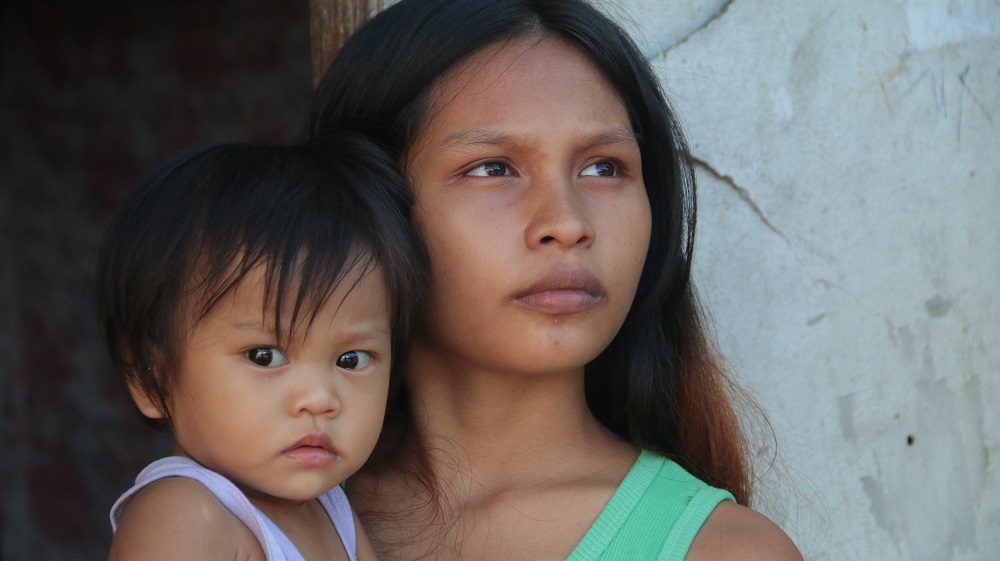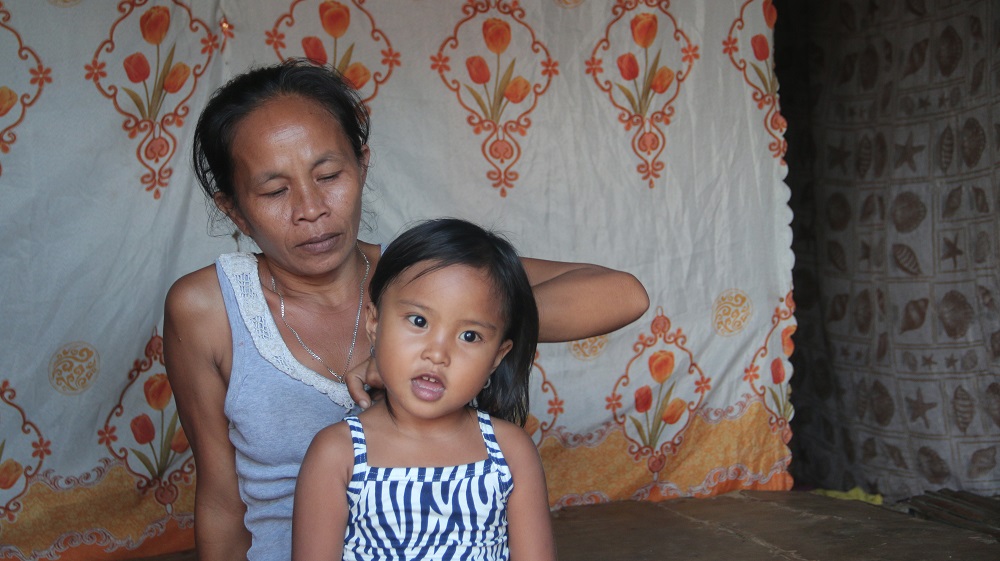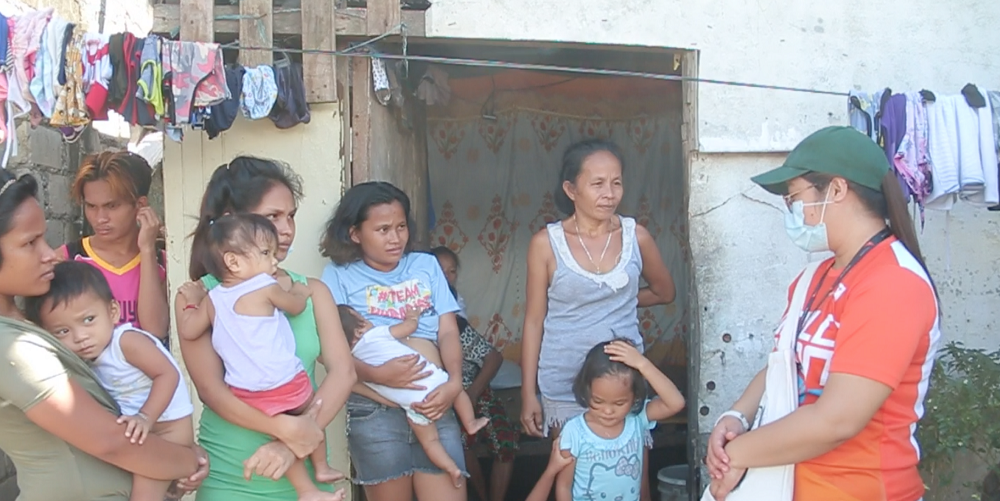COVID-19 is aggravating a health concern affecting Filipino children

Young mother, Shirley Mae, is worried about her one-year-old undernourished child, Zia.
The COVID-19 pandemic sent an unprecedented shockwaves across the globe. Among the many devastating consequences of the loss of livelihoods because of lockdowns are rising hunger and malnutrition. In the Philippines, working class and poor families are bearing the brunt of this impact and young children are often the first to suffer.
The country went into lockdown in early 2020 to halt the spread of the virus. Many sectors were disrupted, as businesses closed down and jobs disappeared. During the stricter lockdowns, no one was allowed to go out so families who are daily wage earners and couldn’t afford to stock up on food had no choice but to rely on government rations.

Gloria, Zia’s grandmother, described their situation as tough after his husband lost his job during the lockdown periods. Their daily food consumption is the most to suffer due to the loss of livelihood.
“My husband worked as a painter and had a stable income before the pandemic. We lost the only source of income when the community quarantine started,” shared Gloria, Zia’s grandmother.
The loss of income has left families like Gloria’s with no choice but to make difficult decisions about cutting nutritious food intake – often even skipping meals altogether.
More than half (56 per cent) of households relied on less preferred or less expensive food in the Philippines, according to a World Vision’s COVID-19 assessment in June last year. The study also discovered that 37 percent of households reduced the size of their meals, while 15 percent households cut the number of meals per day.
The findings ring true in Gloria’s household, where 10 of them are cramped in their small house. Five of them are Gloria’s children and three are her grandchildren.

The family, consisting of 10 members, lives inside a small makeshift abode in an urban community.
Zia and her younger cousin are underweight. Zia weighs only 7 kilos, 2 kilograms below the ideal weight for one-year-old female child.
Gloria blamed her grandchildren’s declining nutritional status on the lack of nutritious food intake. They were also afraid of getting infected with the virus so they didn’t received timely vaccines and check-ups in the public health center.
“We are seeing more and more children who are underweight or rapidly losing weight simply because their parents have lost their jobs and can no longer afford to put healthy food on the table,” says Clareneth San Valentin, World Vision Philippines Health and Nutrition Manager. “This pandemic worsens the status of nutrition in the country. This puts children’s immediate health in danger, while we also see the potential impact of chronic malnutrition such as stunted, physical growth and delayed cognitive development.”
During the early part of the pandemic, World Vision also launched a health response to limit the spread of the virus, strengthen the capacity of health workers, support and advocate children’s well-being and protection. After six months, the organization reached 5 million individuals, including 1.5 million children.
With the promising news of a developed vaccine to counter COVID-19, Gloria hopes that everything will get better soon. She also hopes that her grandchildren will recover from malnutrition and live a normal and healthy childhood.








